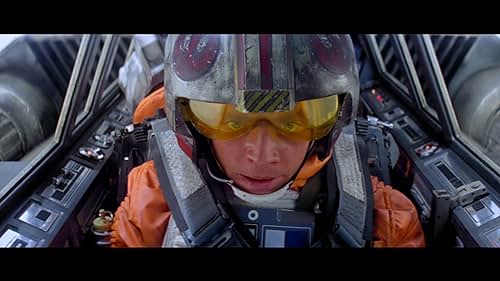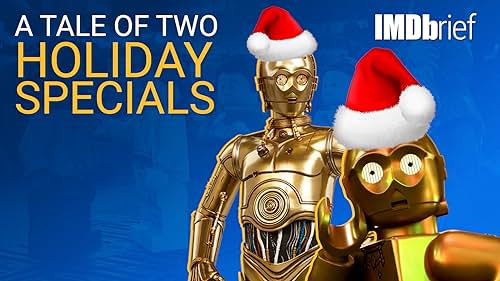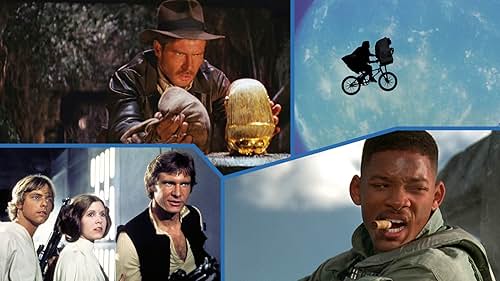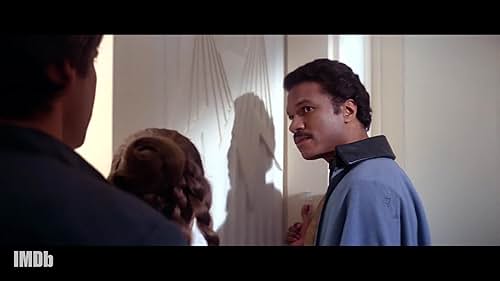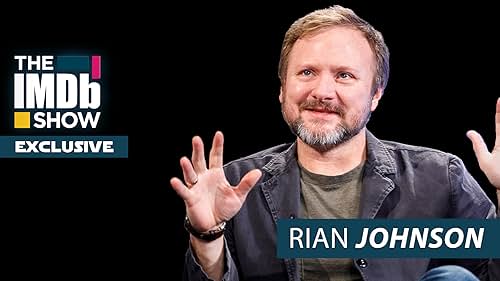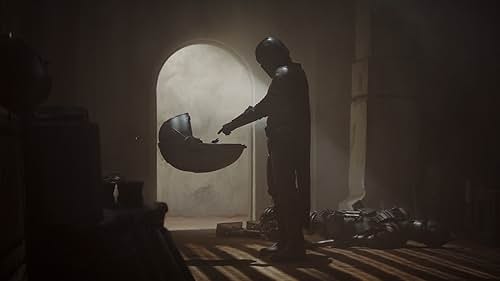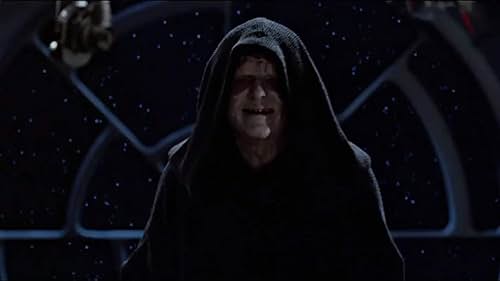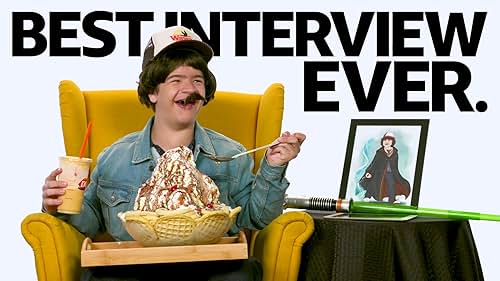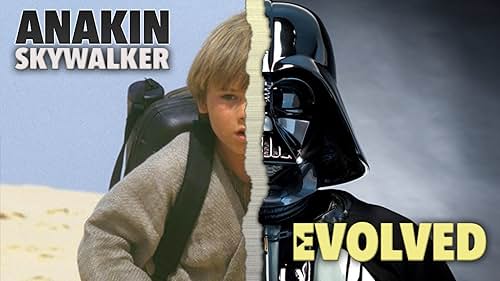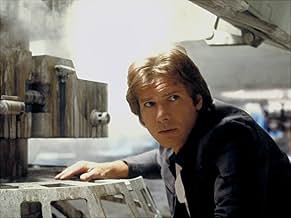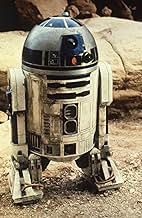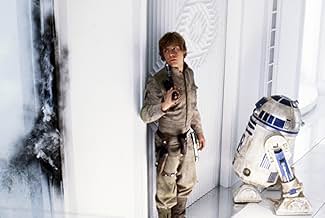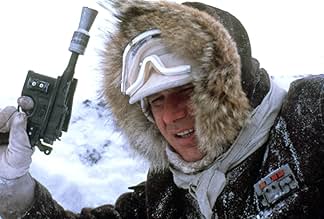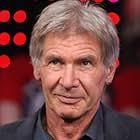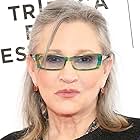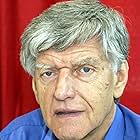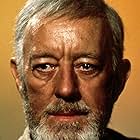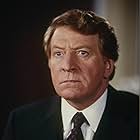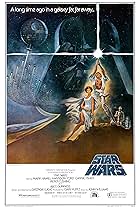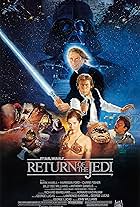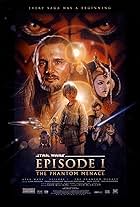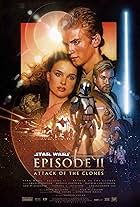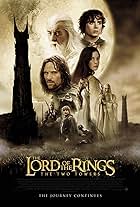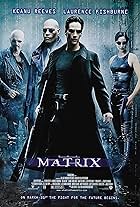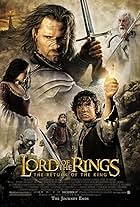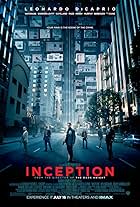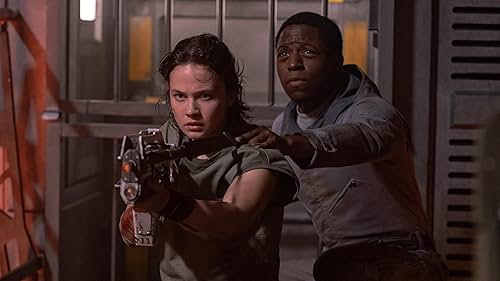After the Empire overpowers the Rebel Alliance, Luke Skywalker begins his Jedi training with Yoda. At the same time, Darth Vader and bounty hunter Boba Fett pursue his friends across the gal... Read allAfter the Empire overpowers the Rebel Alliance, Luke Skywalker begins his Jedi training with Yoda. At the same time, Darth Vader and bounty hunter Boba Fett pursue his friends across the galaxy.After the Empire overpowers the Rebel Alliance, Luke Skywalker begins his Jedi training with Yoda. At the same time, Darth Vader and bounty hunter Boba Fett pursue his friends across the galaxy.
- Won 1 Oscar
- 27 wins & 20 nominations total
Clive Revill
- Emperor
- (voice)
- Director
- Writers
- All cast & crew
- Production, box office & more at IMDbPro
Storyline
Did you know
- TriviaIn order to avoid sharing creative rights, George Lucas decided to avoid using a major studio to finance this movie. Instead, he bankrolled the $30 million production himself, using a combination of his profits from Star Wars: Episode IV - A New Hope (1977) and a bank loan. Although the move was risky, it paid off several times over. Lucas recovered his investment within three months of the movie's release. He then showed gratitude far beyond the Hollywood norm by sharing the profits with his employees (nearly $5 million in bonuses).
- GoofsVader kills Captain Needa for losing the Millenium Falcon. When two Imperial soldiers pick up his body to carry away, the corpse steps itself up.
- Crazy creditsIn the alternate DVD version, the Emperor is still credited as being voiced by Clive Revill, despite his performance being replaced by Ian McDiarmid.
- Alternate versionsThe 1995 THX remastered Pan and Scan VHS release of the 1980 theatrical version has one difference from all other pan and scan releases and the 1992 and 1995 widescreen releases of the same. At the end of the film, the scene simply cuts away to the end credits. All other versions use a wipe to cut away to the end credits.
- ConnectionsEdited into SP FX: Special Effects - The Empire Strikes Back (1980)
Featured review
Congratulations have to go to line producer Gary Kurtz and director Irvin Kershner in pushing the production to out-perform A New Hope, even though the consequence was a film that came in massively over budget, and almost cost Lucas his hard fought independence from the Hollywood system.
The plot moves quickly, from an interesting script by Leigh Bracket and Larry Kasdan, focusing on exploring two key relationships. The first is the relationship between Han Solo and Leia Organa, which is touched upon in a New Hope, but is fleshed out more in this film. The other is the more central relationship between Darth Vader and Luke Skywalker. This relationship is also linked in to the main supporting character in this film, Yoda, who is fantastically well realised by the film crew and performed brilliantly by Frank Oz. There are other characters, but whereas C3P0 and R2D2 were a central part of the story in the previous film, they are more on the sidelines.
What makes this film so great though is the involving and effective way the relationships operate within the broader story. The banter between Harrison Ford and Carrie Fisher is highly effective and amusing, operating through the classical love-hate relationship. One senses that Kershner, as a director of character driven films, worked very effectively with the actors and gave them the space to develop their characters which meant plenty of choices for the director in terms of their performances. The same goes for Mark Hamill's interaction with Yoda(Frank Oz). This is totally convincing and builds up the confrontation with Darth Vader very well. It was time well spent in getting these performances right. Kershner is very good at keeping the performance naturalistic, but reduces the level of broadness in the characters, making them more complex and interesting. Darth Vader benefits from this with scenes in the film that add to the mystique of the character. The confrontation with Luke Skywalker is riveting and dramatic and elevates the film above the level of its predecessor.
Technically the film is even more impressive than its predecessor. Credit has to go the Oscar nominated Art Direction team. John Barry, who had worked on the previous film, passed away during the production, but Norman Reynolds led the team superbly, with the excellent creations of Dagobah and Hoth, albeit Bespin in the original does feel a bit like a set, and the digital embellishments in the special edition were helpful in creating a bigger feel to those scenes. However, I was disappointed in the reworked scene with Palpatine in the special edition - while putting the excellent Ian McDiarmid was supporting continuity, to show him face on was, in my view an error and the reworked scene would have played much better with his face shrouded, or at the least partially obscured. The whole point of the scene was that the dialogue as strong enough without the need to ram an unsubtle visual at the audience.
Editing is excellent, led by Star Wars veteran Paul Hirsch, but it is known that both George Lucas, and his then wife Marcia were also heavily involved in putting the film together. Peter Suschitzky's photography is more conventional and low key in approach than A New Hope, but is particularly effective on the Dagobah scenes in Elstree Studios, and the location scenes in Norway.
ILM's visual effects were outstanding, and rightly won an Academy Award. The crew consisted of the following: Oscar winning A New Hope veteran Richard Edlund, working with British effects supervisor Brian Johnson (who had just won an Oscar for Alien), effects photographer Dennis Muren (who would become an award winning and digital effects pioneer for ILM for ET, Return of the Jedi, Indiana Jones and the Temple of Doom, Innerspace, The Abyss, T2 and Jurassic Park) and compositor Bruce Nicholson, who would go on to win an Oscar for his work on Raiders of the Lost Ark, and work on a wide variety of films in Hollywood. George Lucas took a strong interest and influence in the special effects and also has to take credit for some of the excellent sequences in the film, which also work because they help drive the story along.
Again, like a New Hope, sound work was first rate and Oscar winning. In most cases the sound has to be recorded in a studio and added many months after filming has been completed. Sound re-recordist Bill Varney would win another Oscar for Raiders of the Lost Ark. Steve Maslow and Gregg Landaker also worked as sound-recordists and are both prolific contributors to many high profile movies. They would also win Oscars for their work on Raiders and then some fourteen years later win again for their work on the Keanu Reeves hit movie Speed. Peter Sutton won for his on–set work and has a large body of work in film since this movie. Also credit has to go the Ben Burtt's sound design work, which creates a fabulous sound-scape for the film.
However, despite the above outstanding technical contributions, which serve to enhance and exciting and interesting story, it is composer John Williams who, yet again, takes this film to another level with another astounding musical score. Working with the director and producers, Williams develops and expands original themes. He creates a new and unforgettable theme for Darth Vader, with strong militaristic overtones, and clever themes for Leia and Han, and for Yoda. He weaves the score into the film expertly, giving moments of tension, excitement, thoughtfulness, mystery and tragedy with aplomb. The score feels more operatic than a New Hope, and helps cement this as one of the best adventure/fantasy films ever made.
Congratulations to Mr Lucas for delivering a remarkable sequel, but also to Gary Kurtz and Irvin Kershner for having the courage to push everyone out of their comfort zones so as to reach this level of excellence.
The plot moves quickly, from an interesting script by Leigh Bracket and Larry Kasdan, focusing on exploring two key relationships. The first is the relationship between Han Solo and Leia Organa, which is touched upon in a New Hope, but is fleshed out more in this film. The other is the more central relationship between Darth Vader and Luke Skywalker. This relationship is also linked in to the main supporting character in this film, Yoda, who is fantastically well realised by the film crew and performed brilliantly by Frank Oz. There are other characters, but whereas C3P0 and R2D2 were a central part of the story in the previous film, they are more on the sidelines.
What makes this film so great though is the involving and effective way the relationships operate within the broader story. The banter between Harrison Ford and Carrie Fisher is highly effective and amusing, operating through the classical love-hate relationship. One senses that Kershner, as a director of character driven films, worked very effectively with the actors and gave them the space to develop their characters which meant plenty of choices for the director in terms of their performances. The same goes for Mark Hamill's interaction with Yoda(Frank Oz). This is totally convincing and builds up the confrontation with Darth Vader very well. It was time well spent in getting these performances right. Kershner is very good at keeping the performance naturalistic, but reduces the level of broadness in the characters, making them more complex and interesting. Darth Vader benefits from this with scenes in the film that add to the mystique of the character. The confrontation with Luke Skywalker is riveting and dramatic and elevates the film above the level of its predecessor.
Technically the film is even more impressive than its predecessor. Credit has to go the Oscar nominated Art Direction team. John Barry, who had worked on the previous film, passed away during the production, but Norman Reynolds led the team superbly, with the excellent creations of Dagobah and Hoth, albeit Bespin in the original does feel a bit like a set, and the digital embellishments in the special edition were helpful in creating a bigger feel to those scenes. However, I was disappointed in the reworked scene with Palpatine in the special edition - while putting the excellent Ian McDiarmid was supporting continuity, to show him face on was, in my view an error and the reworked scene would have played much better with his face shrouded, or at the least partially obscured. The whole point of the scene was that the dialogue as strong enough without the need to ram an unsubtle visual at the audience.
Editing is excellent, led by Star Wars veteran Paul Hirsch, but it is known that both George Lucas, and his then wife Marcia were also heavily involved in putting the film together. Peter Suschitzky's photography is more conventional and low key in approach than A New Hope, but is particularly effective on the Dagobah scenes in Elstree Studios, and the location scenes in Norway.
ILM's visual effects were outstanding, and rightly won an Academy Award. The crew consisted of the following: Oscar winning A New Hope veteran Richard Edlund, working with British effects supervisor Brian Johnson (who had just won an Oscar for Alien), effects photographer Dennis Muren (who would become an award winning and digital effects pioneer for ILM for ET, Return of the Jedi, Indiana Jones and the Temple of Doom, Innerspace, The Abyss, T2 and Jurassic Park) and compositor Bruce Nicholson, who would go on to win an Oscar for his work on Raiders of the Lost Ark, and work on a wide variety of films in Hollywood. George Lucas took a strong interest and influence in the special effects and also has to take credit for some of the excellent sequences in the film, which also work because they help drive the story along.
Again, like a New Hope, sound work was first rate and Oscar winning. In most cases the sound has to be recorded in a studio and added many months after filming has been completed. Sound re-recordist Bill Varney would win another Oscar for Raiders of the Lost Ark. Steve Maslow and Gregg Landaker also worked as sound-recordists and are both prolific contributors to many high profile movies. They would also win Oscars for their work on Raiders and then some fourteen years later win again for their work on the Keanu Reeves hit movie Speed. Peter Sutton won for his on–set work and has a large body of work in film since this movie. Also credit has to go the Ben Burtt's sound design work, which creates a fabulous sound-scape for the film.
However, despite the above outstanding technical contributions, which serve to enhance and exciting and interesting story, it is composer John Williams who, yet again, takes this film to another level with another astounding musical score. Working with the director and producers, Williams develops and expands original themes. He creates a new and unforgettable theme for Darth Vader, with strong militaristic overtones, and clever themes for Leia and Han, and for Yoda. He weaves the score into the film expertly, giving moments of tension, excitement, thoughtfulness, mystery and tragedy with aplomb. The score feels more operatic than a New Hope, and helps cement this as one of the best adventure/fantasy films ever made.
Congratulations to Mr Lucas for delivering a remarkable sequel, but also to Gary Kurtz and Irvin Kershner for having the courage to push everyone out of their comfort zones so as to reach this level of excellence.
Women in Science Fiction
Women in Science Fiction
Whether they are exploring the stars, escaping dystopias, or making the world a better place, these women are what science fiction is all about.
Details
- Release date
- Country of origin
- Official sites
- Language
- Also known as
- Star Wars : Episodio V - El imperio contraataca
- Filming locations
- Hardangerjøkulen Glacier, Finse, Norway(exterior Hoth scenes)
- Production companies
- See more company credits at IMDbPro
Box office
- Budget
- $18,000,000 (estimated)
- Gross US & Canada
- $292,753,960
- Opening weekend US & Canada
- $4,910,483
- May 25, 1980
- Gross worldwide
- $550,016,086
- Runtime2 hours 4 minutes
- Color
- Aspect ratio
- 2.39 : 1
Contribute to this page
Suggest an edit or add missing content


